-
How does it feel?
You could find globe artichoke growing in gardens in the summer, or acquire a artichoke supplement. Chew a bit of the leaf, nibble at a tablet or sip a liquid dose. The fresh leaf is clearly a vegetable, with warm earthy tones, almost tasting like a root. However there is a lingering, almost comforting bitter aftertaste which feels like where the action is: quietly effective. The bitter taste becomes concentrated on drying.
So artichoke is one of the bitter remedies, not as strong as some of the classic bitters but with a broad effect on liver and digestion.
-
What can I use it for?
 Artichoke leaf is a great remedy for liver, bile and associated digestive problems. Consider it if you are not comfortable eating fatty food or taking alcohol. It will often safely relieve biliary problems like recurrent gallbladder pains. People often use it for hangovers or the after-effects of over-indulgence.
Artichoke leaf is a great remedy for liver, bile and associated digestive problems. Consider it if you are not comfortable eating fatty food or taking alcohol. It will often safely relieve biliary problems like recurrent gallbladder pains. People often use it for hangovers or the after-effects of over-indulgence.Artichoke should be considered if you have constipation which does not improve with the usual laxative or bulking remedies. Bile is our natural laxative and artichoke seems to increase its elimination (this may be marked by a more yellow colouring of the stool).
Long term use of an artichoke supplement is helpful if you have high blood levels of cholesterol, and particularly if this is accompanied by being overweight or you are at risk of diabetes. It is useful in reducing the problem of insulin resistance and its long-term complications known as ‘metabolic syndrome’, one of the most common problems of the modern age.
-
Into the heart of artichoke

Artichoke (Cynara scolymus) Artichoke is first a liver and bile remedy, the natural antidote to what in English is referred to as ‘liverish’ conditions, or in the French ‘crise de foie’.
Artichoke’s primary actions are through its cooling bitter properties. The actions of bitter herbs are primarily via promoting detoxification through the liver, and thus improving the quality of blood.
The liver is an important organ that deals with metabolism and detoxification. The liver processes and cleanses the blood that comes through from the digestive system. Our liver deals with storage of fat soluble vitamins and the elimination of dietary toxins, byproducts of metabolism, as well as hormones, used blood cells, medications and alcohol. It is a very important organ that can unsurprisingly become ‘sluggish’, and is often in need of some support.
Herbalists are particularly interested in the liver where inflammatory conditions are involved because an overloaded or sluggish liver may result in excess toxins and hormones circulating around the body for longer.
Because it is such an important organ the liver is often indicated for attention particularly in hormonal and inflammatory conditions. Bitter herbs reduce the toxicity and excess hormones in the blood, which benefits all the cells around the body, reducing inflammation, essentially improving blood quality. This action is said to be ‘cooling’ because cleaner blood reduces heat (inflammation).
As with other traditional moderate bitter liver remedies like dandelion, there is a simultaneous diuretic effect. So, the overall effect is as a most impressive detox remedy.
-
Traditional uses

Artichoke tea (Cynara scolymus) The medicinal properties of artichoke have been known since antiquity, and it was particularly prized in the 16th to 19th centuries. It enjoyed a revival in the 20th century particularly in France. Here it fitted well with a cultural view that liver burdens are a core to ill-health, with many conditions being considered a liver crisis (‘crise de foie’).
Artichoke was widely considered one of the most effective detox remedies, in conditions that in English might be characterised as ‘liverish’, to include gallbladder and biliary problems, nausea, and difficulty in managing fats and alcohol. Skin problems were often linked with this range of causes and were also treated with artichoke leaf. It was an established medicine for jaundice and hepatitis.
19th century Eclectic physicians in the USA used artichoke as a blood cleanser (depurative) for the treatment of rheumatism, gout, as well as jaundice. They also valued its diuretic properties and applied it to oedematous conditions, low urine production (oliguria) and urinary stones.
-
Traditional actions
Herbal actions describe therapeutic changes that occur in the body in response to taking a herb. These actions are used to express how a herb physiologically influences cells, tissues, organs or systems. Clinical observations are traditionally what have defined these actions: an increase in urine output, diuretic; improved wound healing, vulnerary; or a reduction in fever, antipyretic. These descriptors too have become a means to group herbs by their effects on the body — herbs with a nervine action have become the nervines, herbs with a bitter action are the bitters. Recognising herbs as members of these groups provides a preliminary familiarity with their mechanisms from which to then develop an understanding of their affinities and nuance and discern their clinical significance.
-
Traditional energetic actions
Herbal energetics are the descriptions Herbalists have given to plants, mushrooms, lichens, foods, and some minerals based on the direct experience of how they taste, feel, and work in the body. All traditional health systems use these principles to explain how the environment we live in and absorb, impacts our health. Find out more about traditional energetic actions in our article “An introduction to herbal energetics“.
-
What practitioners say

Artichoke (Cynara scolymus) Artichoke leaf is similar in its properties to dandelion root, with some variations of its own, and the two make a very effective double act.
Liver and bile
Artichoke is a first choice for flushing bile from the liver through the bowel. Patients often report that their stool become transiently more yellow after taking the remedy. It appears to work without any strain on liver function and can be used to relieve symptoms of liver stress, such as intolerance to fats and alcohol, or for biliary problems like gallstones or gallbladder inflammation. The impression is that artichoke is diluting the bile, reducing its concentration and aiding its elimination through the bowel. As bile is meant to be eliminated (and with slower bowel transit times in modern society may be less so than in the past) this can be an important detoxification aid. The early observation of more nitrogen waste elimination through the urine reinforces this observation.
Digestion
Artichoke is an effective gentle bitter digestive remedy that can relieve many symptoms of upset digestion, notably nausea and vomiting (especially associated with rich, fatty food and alcohol – see above), constipation (possibly by increasing the natural laxative effect of bile), flatulence, bloating and other symptoms of IBS (irritable bowel syndrome). As a bitter it is also cooling and is appropriate for traditional ‘damp-heat’ patterns accompanied by yellow coating on the tongue, signs of liver distress, perhaps of inflammatory bowel problems, intolerance to heat and humidity. It has achieved much popularity as an ‘after party’ supplement especially to combat hangover and other symptoms of over-indulgence.
Metabolic and inflammatory
Artichoke is a prime remedy for ‘metabolic syndrome’ or pre-diabetes: the combination of insulin resistance, high blood fat and cholesterol levels, and higher BMI (body-mass index). To be effective it should be taken as a supplement over a long period.
-
Research

Artichoke (Cynara scolymus) Digestive
Artichoke leaf attracted research interest in Europe in the 1930s and these studies demonstrated the choleretic (increased bile flow from the liver) and diuretic activity of the leaves. Further research at the time added effect on cholesterol levels and showed that all these activities were accompanied by an increase in urea and other nitrogen-containing substances in the urine.
In a large study artichoke leaf extract was shown to significantly reduce symptoms of functional dyspepsia (indigestion) compared to placebo (8) a conclusion reached in an earlier larger open study by other researchers (9).
In a pilot trial, a water extract of artichoke leaf demonstrated reduced viral load of hepatitis C to below the detection level in 12 out of 15 patients. Furthermore, the liver enzymes ALT and AST, as well as the level of bilirubin were normalized. There was also inhibition of a number of CYP450 enzymes and so it may effect how other drugs are metabolised (10).
Metabolism and diabetes
More recent studies have focused on the effect of artichoke on both blood lipids and blood sugar control. Artichoke leaf extract has been demonstrated to reduce insulin resistance, an effect modulated by a defined single nucleotide polymorphism (SNP) that predisposes to metabolic syndrome (1). The same supplementation resulted in a statistically significant decrease in serum triglyceride levels in women with metabolic syndrome (2).
In a separate placebo-controlled study on 55 overweight subjects a proprietary artichoke extract significantly decreased fasting blood glucose levels and other markers of insulin resistance and metabolic syndrome (3).
High cholesterol
In a separate study on 46 overweight subjects the artichoke extract significantly enhanced HDL levels and lowered total cholesterol and LDL levels (4). This observation was supported in a British study that showed that, compared with placebo, an extract of artichoke significantly reduced total cholesterol levels in hypercholesterolaemic subjects (5).
A small controlled trial showed that artichoke could reduce markers of endothelial dysfunction (such as flow-mediated vasodilation and humoral markers VCAM-1 and ICAM-1) seen in people with raised lipid and cholesterol levels (6).
A review of the evidence for the effect of artichoke on cholesterol and lipid levels suggested that its components luteolin and chlorogenic acid could play a key role (7).
-
Did you know?
Artichoke leaf is widely favoured as one of the most effective treatments for hangovers.
Additional information
-
Botanical description
Globe artichoke is in the same tribe within the Asteraceae (formerly Compositae) as the milk thistle Silybum marianum, and is a cultivated hybrid of a thistle, probably Cynara cardunculus L. It is a herbaceous plant which produces stems of 1m or more in length.
The basal, lobate-bipinnatisect leaves are very large, the stem leaves may be pinnatisect or entire. The inflorescence is formed of purplish-blue flowers grouped in heads which have an involucre of several long bracts which may be spiny. The fruit is an oval achene with a plumed pappus (tuft of bristles).
-
Common names
- Globe artichoke
- French artichoke
- Cynara (Eng)
- Artischocke (Ger)
- Artichaut (Fr)
- Artichiocco (Ital)
- Carciofo (Ital)
-
Safety
Artichoke is safe for most including for use during pregnancy and lactation (11).
-
Interactions
- Artichoke might lower blood sugar levels. Taking artichoke along with diabetes medications might cause blood sugar to drop too low. Monitor your blood sugar closely.
- Some medications are changed and broken down by the liver. Artichoke might change how quickly the liver breaks down these medications. This could change the effects and side effects of these medications (12). Artichoke has been specifically to interact with the CYP450 enzymes so caution is needed if taking medicines metabolized by that gene group.
-
Contraindications
- Contraindicated for those with a known allergy to plants of the Daisy (Asteraceae) Family (11)
- Contraindicated for use by those who have undergone a closure of the gallbladder (11).
-
Preparations
- Dried herb
- Powdered herb
- Capsule
- Tincture
- Fluid extract
-
Dosage
Tincture with fresh leaf (1:2 95%): Take 1-4 ml three times a day.
Tincture with dried leaf (1:5 40%): Take 1-4 ml three times a day.
Liquid extract (1:2): 3- 8ml per day
Dried leaf: 1.5- 4g per day (for most therapeutic applications).
For treatment of high cholesterol, high doses are recommended of unto the equivalent of 4- 9g of dried leaf per day.
-
Plant parts used
- The immature flower of globe artichoke (not to be confused with Jerusalem artichoke)
- Leaf
-
Constituents
- Sesquiterpene lactones (0.5 to 6%) including bitter cynaropicrin (40 to 80% of the total), and sesquiterpene glycosides cynarascolosides A, B and C
- Caffeic acid derivatives (polyphenols) chlorogenic acid (3-caffeoylquinic acid), cynarin (1,3-dicaffeoylquinic acid), and many other dicaffeoylquinic acid derivatives
- Flavonoids (mainly glycosides of luteolin)
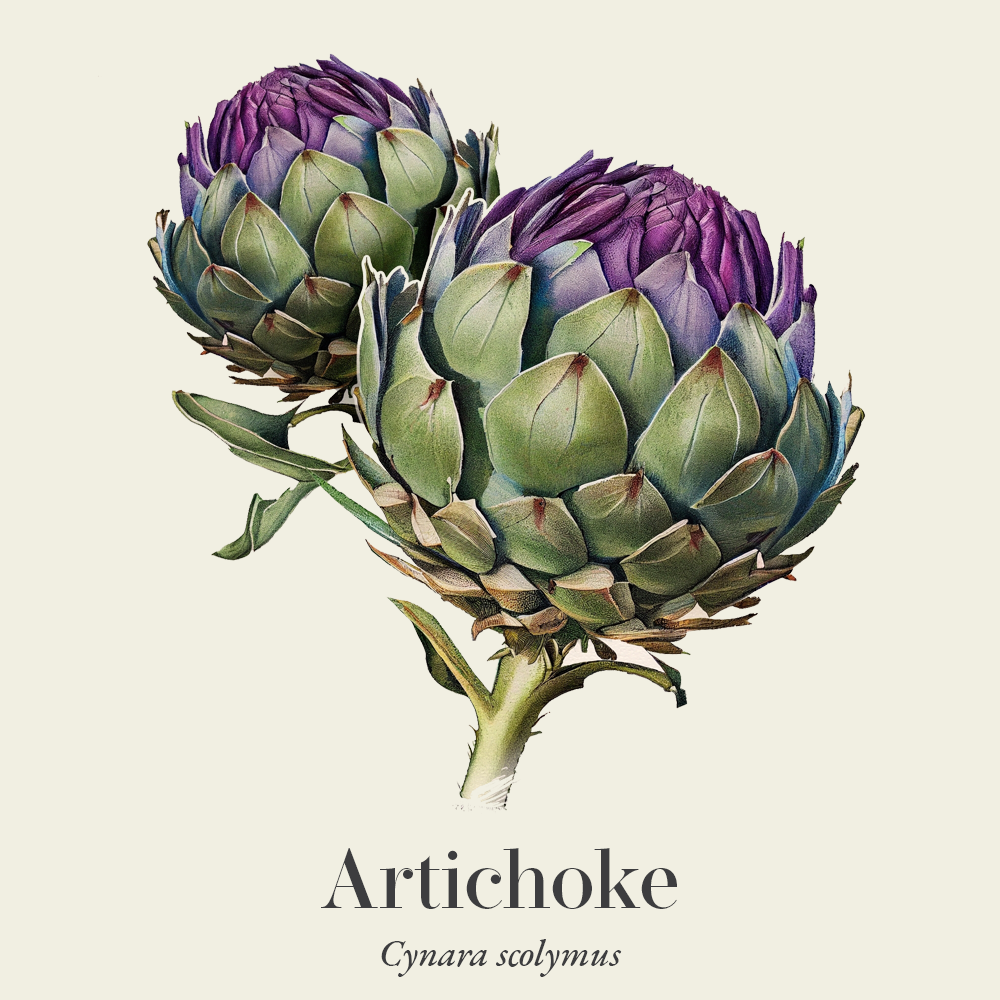
-
Habitat
The globe artichoke is a perennial thistle originating in Southern Europe around the Mediterranean
-
Sustainability
There is currently no available information on the IUCN Red List of Threatened Plants Status on the endangered rating of Artichoke.
-
Quality control
Herbal Medicines are often extremely safe to take, however it is important to supply herbal medicines from a reputed supplier. Sometimes herbs bought from unreputable sources are contaminated, adulterated or substituted with incorrect plant matter.
Some important markers for quality to look for would be to look for certified organic labelling, ensuring that the correct scientific / botanical name is used and that suppliers states clearly the source of ingredients used in the product.
A supplier should also be able to tell you where the herbs have come from. There is more space for contamination and adulteration where supply chain is unknown.
-
How to grow
- Sow seeds either indoors or outside in March or April, 13mm (½in) deep. Indoors or outdoors.
- Transplant young plants to a warm sunny position in reasonably fertile, free-draining soil when they have at least five true leaves, spacing them 60–90cm (2–3ft) apart. Later thinning out to leave the strongest seedling at each point
- Water during dry weather and weed regularly. Seed-grown plants usually flower in their first summer.
- In colder regions, cover plants in late autumn with a mulch of straw, compost or well-rotted manure, to protect them during cold winter weather.
- Each spring, mulch with well-rotted manure or home-made compost, when the soil is warm and moist. Fertilise to improve flower production.
-
References
- Ebrahimi-Mameghani M, Asghari-Jafarabadi M, Rezazadeh K. (2018) TCF7L2-rs7903146 polymorphism modulates the effect of artichoke leaf extract supplementation on insulin resistance in metabolic syndrome: a randomized, double-blind, placebo-controlled trial. J Integr Med. 16(5): 329–334
- Rezazadeh K, Rahmati-Yamchi M, Mohammadnejad L, et al (2018). Effects of artichoke leaf extract supplementation on metabolic parameters in women with metabolic syndrome: Influence of TCF7L2-rs7903146 and FTO-rs9939609 polymorphisms. Phytother Res. 32(1): 84–93
- Rondanelli M, Opizzi A, Faliva M, et al. (2014) Metabolic management in overweight subjects with naive impaired fasting glycaemia by means of a highly standardized extract from Cynara scolymus: a double-blind, placebo-controlled, randomized clinical trial. Phytother Res. 28(1): 33–41
- Rondanelli M, Giacosa A, Opizzi A, et al. (2013) Beneficial effects of artichoke leaf extract supplementation on increasing HDL-cholesterol in subjects with primary mild hypercholesterolaemia: a double-blind, randomized, placebo-controlled trial. Int J Food Sci Nutr. 64(1): 7–15
- Bundy R, Walker AF, Middleton RW, et al. (2008) Artichoke leaf extract (Cynara scolymus) reduces plasma cholesterol in otherwise healthy hypercholesterolemic adults: a randomized, double blind placebo controlled trial. Phytomedicine. 15(9): 668–675
- Lupattelli G, Marchesi S, Lombardini R, et al. (2004) Artichoke juice improves endothelial function in hyperlipemia. Life Sci. 76(7): 775–782
- Santos HO, Bueno AA, Mota JF. (2018) The effect of artichoke on lipid profile: A review of possible mechanisms of action. Pharmacological Research. 137: 170-178
- Holtmann G, Adam B, Haag S, et al. (2003) Efficacy of artichoke leaf extract in the treatment of patients with functional dyspepsia: a six-week placebo-controlled, double-blind, multicentre trial. Aliment Pharmacol Ther. 18(11-12): 1099–1105
- Marakis G, Walker AF, Middleton RW, et al. (2002) Artichoke leaf extract reduces mild dyspepsia in an open study. Phytomedicine. 9(8): 694–699
- Elsebai MF, Abass K, Hakkola J, et al. (2016) The wild Egyptian artichoke as a promising functional food for the treatment of hepatitis C virus as revealed via UPLC-MS and clinical trials. Food Funct. 7(7): 3006–3016
- Bone, K. and Mills, S. (2013). Principles and practice of phytotherapy modern herbal medicine. 2nd ed. Edinburgh Churchill Livingstone, Elsevier.
- www.webmd.com. (n.d.). Artichoke: Uses, Side Effects, Interactions, Dosage, and Warning. [online] Available at: https://www.webmd.com/vitamins/ai/ingredientmono-842/artichoke.

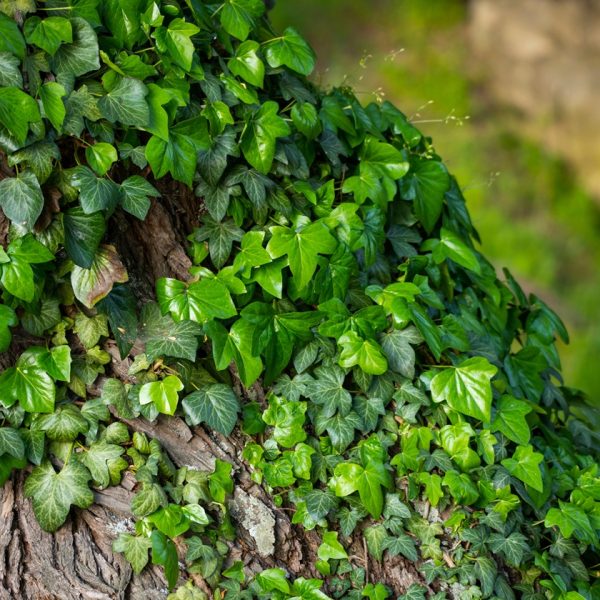
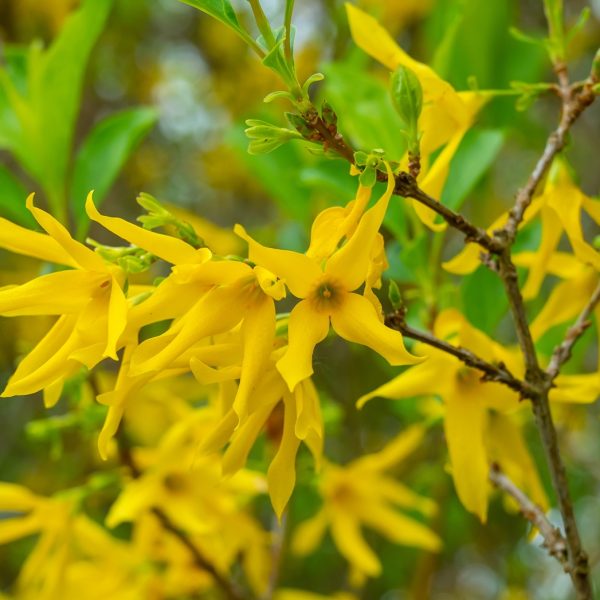












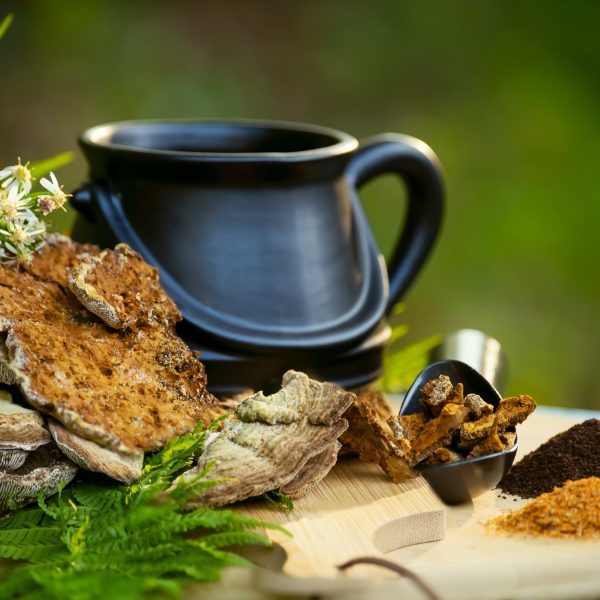


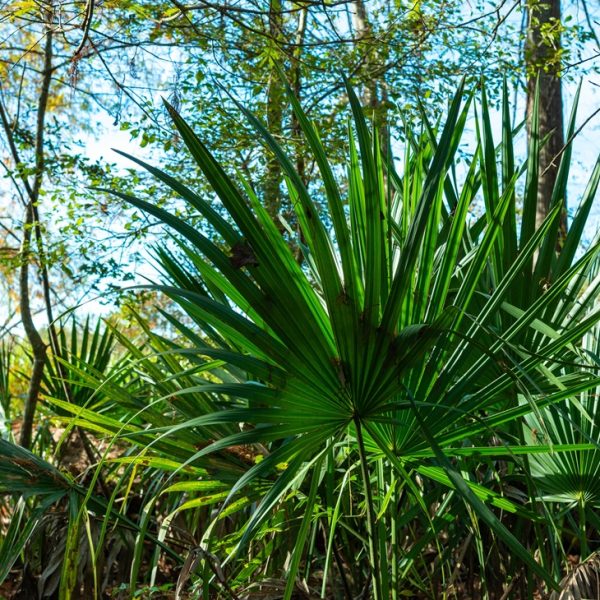









 Artichoke leaf is a great remedy for liver, bile and associated digestive problems. Consider it if you are not comfortable eating fatty food or taking alcohol. It will often safely relieve biliary problems like recurrent gallbladder pains. People often use it for hangovers or the after-effects of over-indulgence.
Artichoke leaf is a great remedy for liver, bile and associated digestive problems. Consider it if you are not comfortable eating fatty food or taking alcohol. It will often safely relieve biliary problems like recurrent gallbladder pains. People often use it for hangovers or the after-effects of over-indulgence.









